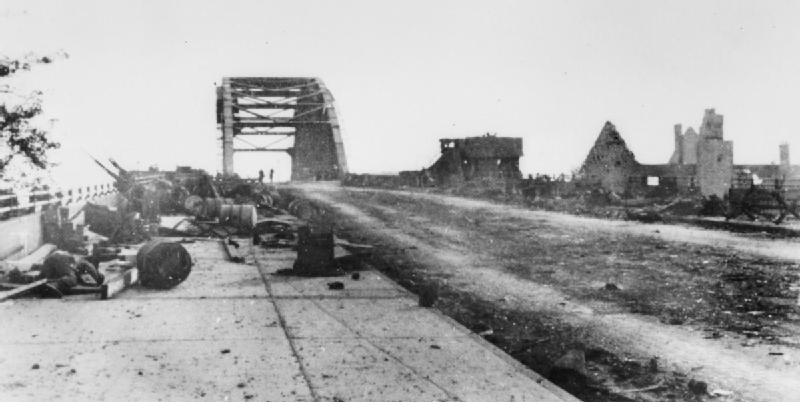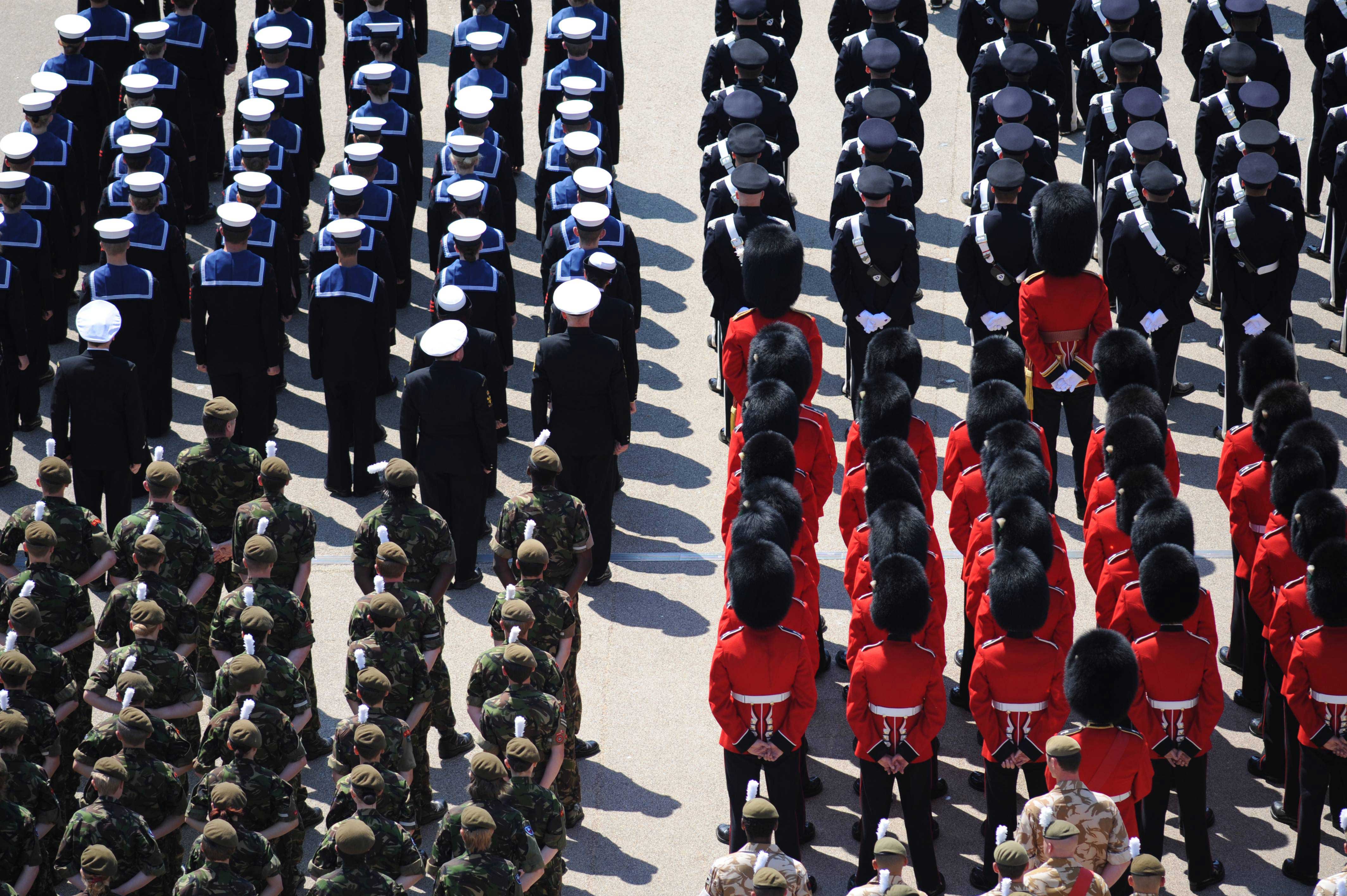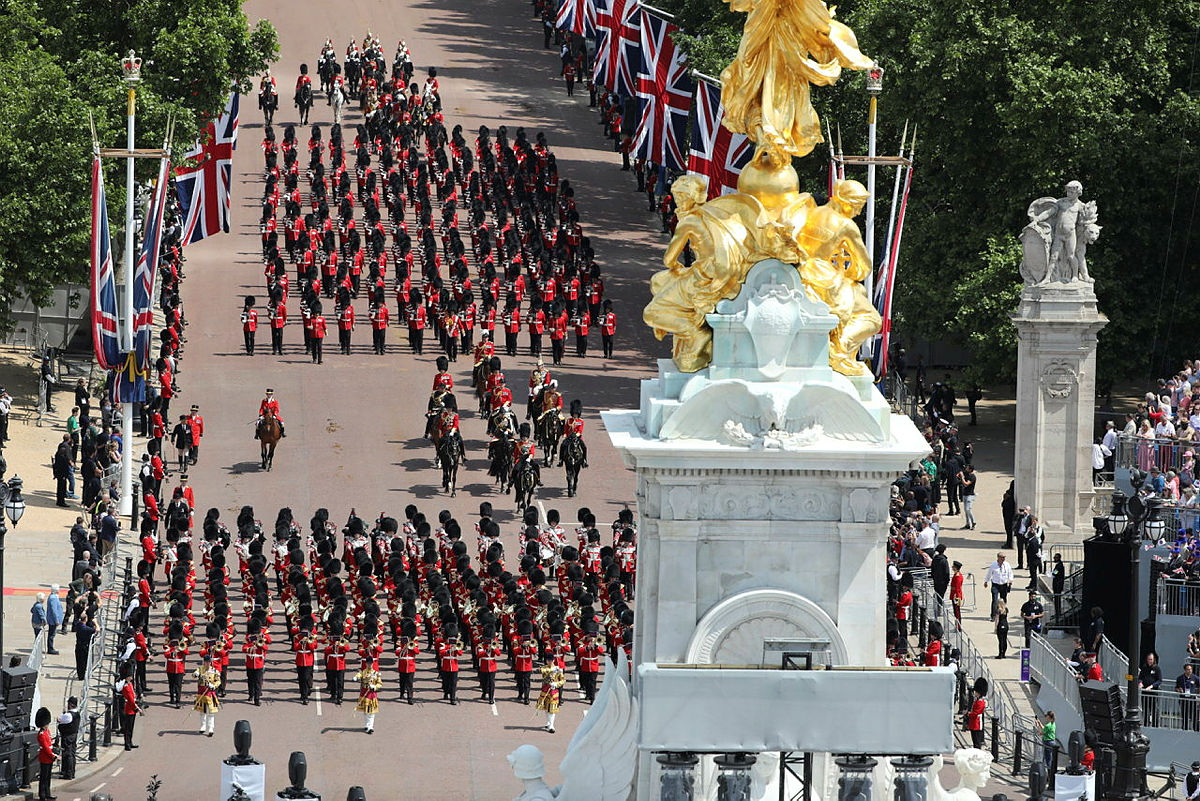This year, the 17th of September, marked the 75th anniversary of Operation Market Garden. This World War II mission was fought in the Netherlands from 17th – 25th September 1944. Market Garden consisted of two sub operations. Market was an airborne assault to seize key bridges and Garden which was a ground attack moving over the already seized bridges creating the salient, or inroad into enemy held territory Up until that point, this attack was the largest airborne operation, in World War II.
The operation was the idea of General Bernard Montgomery. It began with heavy air raids, with para troopers landing around 13:00 hours. The initial phase of the operation was a success as the Germans were taken completely by surprise. Even though the resistance by the Germans was heavier than expected, most of the bridges were captured. The most important bridge, Arnhem, was the most strategically placed and in order for this mission to be successful the ground forces needed to capture the bridge. Unfortunately the German SS pounded the paratroopers and eventually they were forced to surrender. Operation Market garden achieved all objectives apart from the capture of the Bridge at Arnhem.
The operation failed for a few reasons. Many felt that Montgomery’s plan was too optimistic. The paratroops were lightly armed and without the support from the ground force they couldn’t hold out for long.
The general also failed to understand the terrain the men were fighting on. He assumed the tanks could make their way to the landing zones by only using the roads which was no longer the case. The roads became clogged with burned out tanks and vehicles which delayed the vehicles.
Another reason the operation failed was due to intelligence. The Germans anticipated an offensive would be launched to seize Arnhem. Although the British had intelligence with compelling proof that the Germans had significant forces in that region, it was not believed by Montgomery.
Lastly, the Germans had been driven back by the British and Americans as they dominated the skies and harassed the Germans. During this time the Germans lost some 90,000 killed or wounded soldiers and 200,000 had been taken prisoner or missing in action. The Germans regrouped in the Netherlands, after the British army failed to encircle the German army in the Scheldt Estuary. Due to German intelligence, and the regrouping of the German army, this meant the SS units were positioned in Arnhem.
On a more positive note, Operation Market Garden did lead to the liberation of large areas of southern Netherlands, including the cities of Eindhoven and Nijmegen, however it failed to secure the key bridge at Arnhem which delayed any other planned invasion of Germany and hopes of ending the war by Christmas in 1944. The river remained a barrier to invasion until offensives at Remagen, Oppenheim, Rees and Wesel in March 1945.




